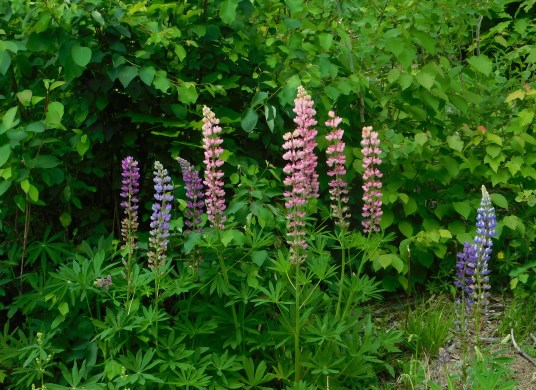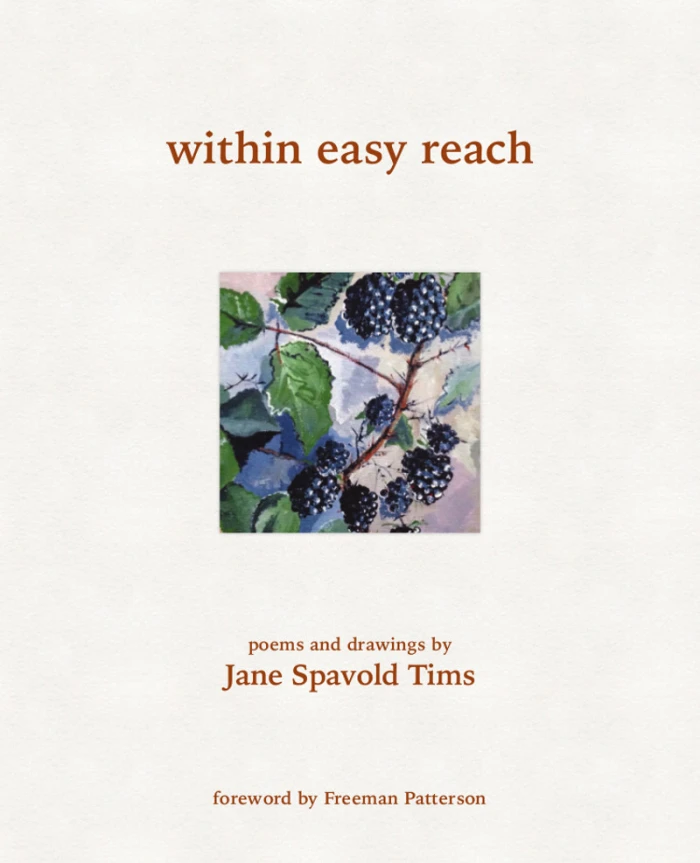abandoned gardens: how they escape
“… some plants will
persist, some will languish
and die, some will escape into forest,
or edges of hayfields,
roads and ditches.”
~

~
Escape artists. How do those plants we see in ditches and fields get there?
Some move by seed. Some by vegetative reproduction (by horizontal roots or by rooting of a part of the plant).
~

~
A good example of ‘escape by seed’ is the lupin. The lupin sets its seed in pods. When they dry, the seeds are launched as projectiles and so can travel quite far in a single generation.
~

~
A good example of ‘escape by vegetative reproduction’ is the orange day-lily. It only rarely sets seed. It moves along ditches or into other locations by rhizomes (horizontal roots).
~
” … its names describe
where orange finds a home:
ditch lily, railroad lily
roadside lily, wash-house lily
~
outhouse lily.”
~

~
In New Brunswick, you don’t have to drive far to see an orange day-lily or a lupin.
~
This work was made possible by a Creations Grant from artsnb!
~
All my best.
Staying home,
wearing a mask when I escape.
Jane

























The orange lily by the two seater …a scent-sitive type do u suppose?
LikeLiked by 2 people
Heather
July 23, 2020 at 5:32 pm
definitely! cute!
LikeLiked by 1 person
jane tims
July 23, 2020 at 8:46 pm